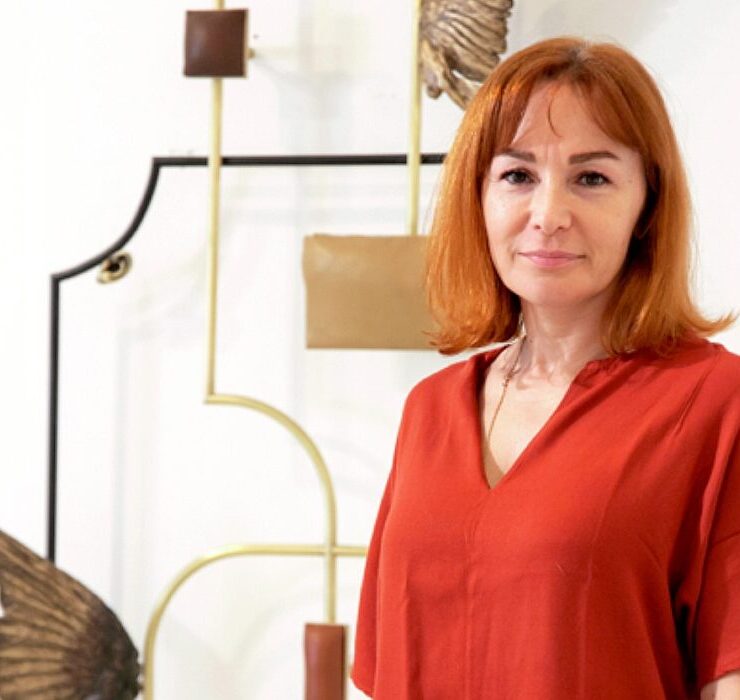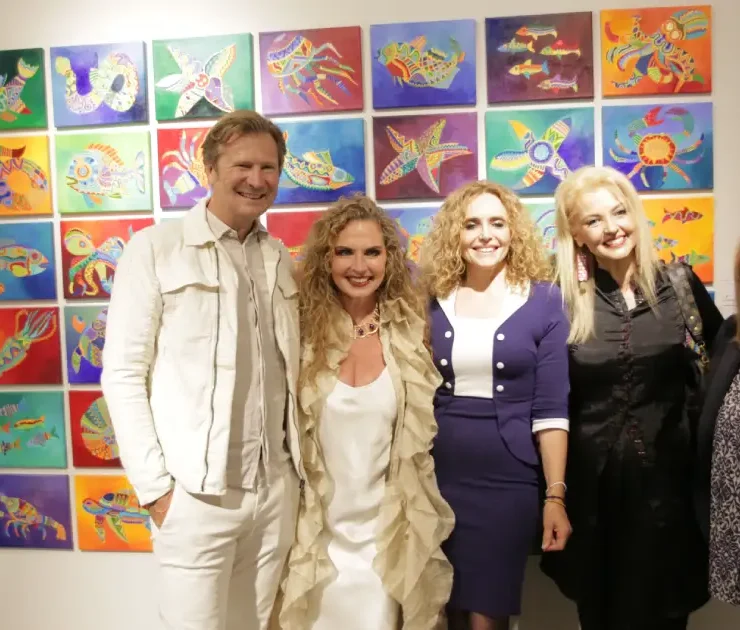Constantine Volanakis the eminent seascape painter
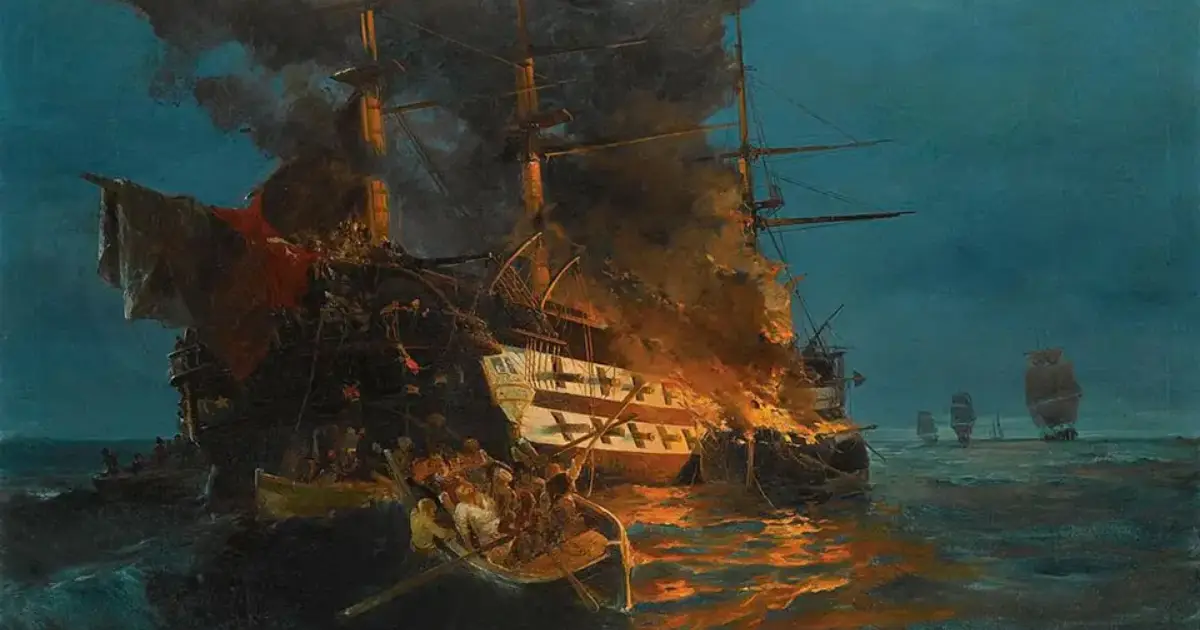
The Father of Greek seascapes
Constantinos Volanakis (1837-1907), one of the most influential artists of modern Greek painting, studied at the renowned Academy of Fine Arts in Munich. He connected with Nikolaos Gyzis, Nikiforos Lytras, and other significant contemporaries. Volanakis distinguished himself through his artistic production both abroad and in Greece, with his works standing out in major European exhibitions. After returning to Greece, he taught at the Athens School of Fine Arts and founded and taught at the Art Workshop in Piraeus.
The famous painter Constantine Volanakis, born and raised in Crete, is considered to be the most eminent seascape painter of the 19th century. Such was his skill in drawing the sea, that he has been named “The Father of Greek Seascapes”.
His strong personal painting style reflected his great love for the sea and his long – more than half a century – career earned him a place among those at the highest level of competence in the Art Academy of Munich. A great example of his strong artistic presence is the painting titled “The Naval Battle of Salamina” which is traditionally put on display at the Greek Prime Minister’s office in Greece.
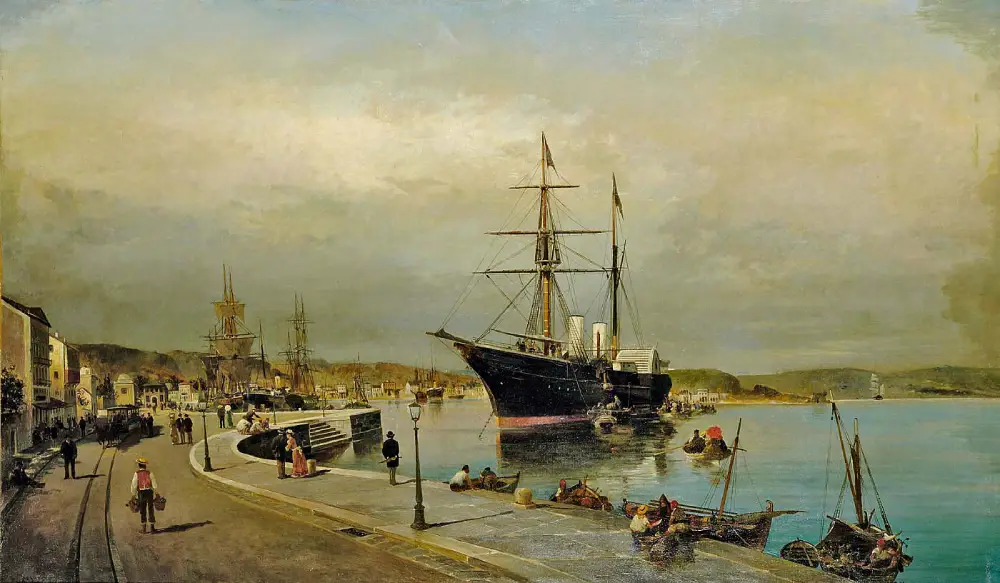
It is worth mentioning that he painted several seascapes that have been acknowledged as masterpieces. Born in Heraklion Crete, he went to high school in Syros, and as a young man, he had a job as an accountant in Tergesti. It was during this time of his life that his talent was revealed, as he would do sketches on the accounting books.
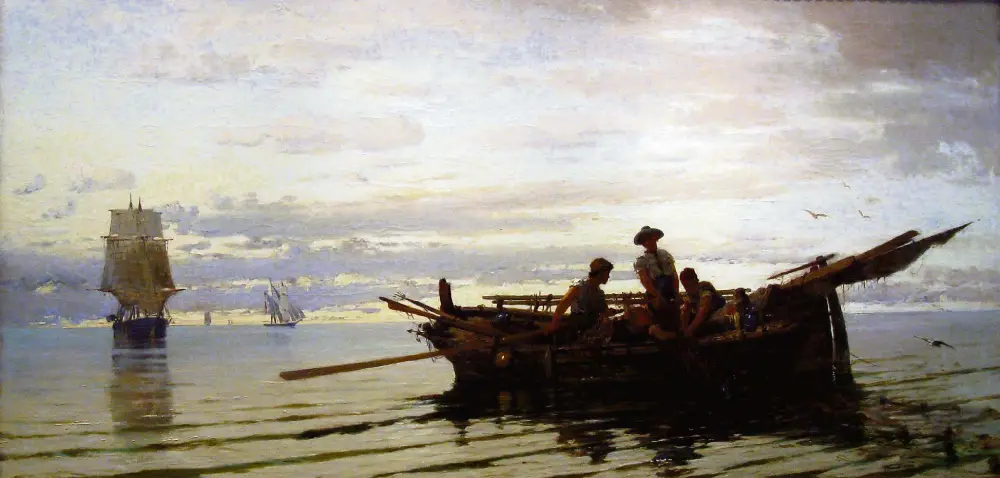
Once aware, his manager showed great interest in his talent and decided to fund his studies at the famous Munich Academy of Fine Arts. His early works are influenced by the Dutch Art School and by German Romanticism.
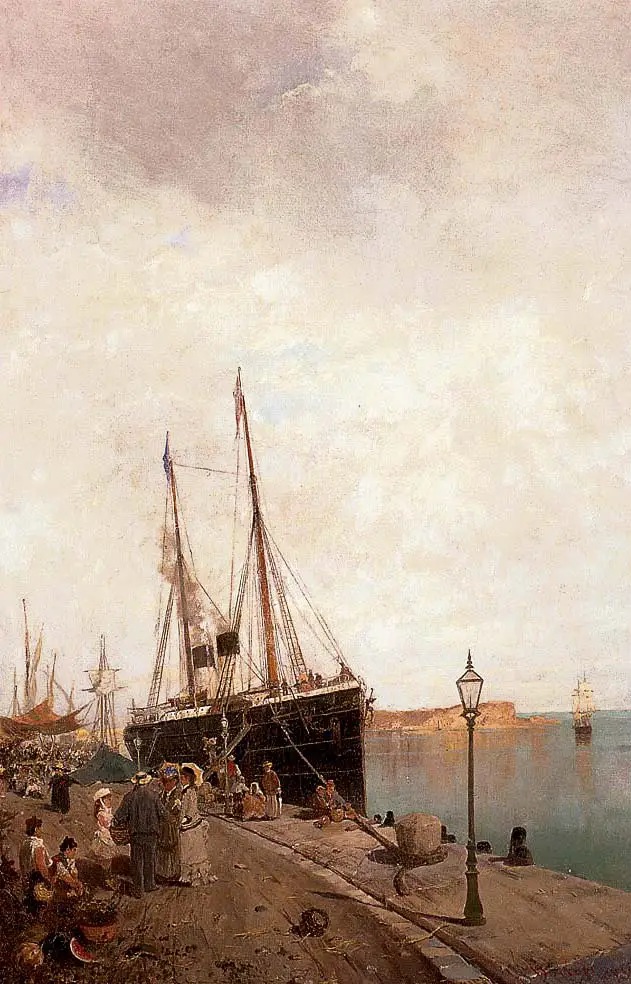
He later started being in contact with Nikolas Gizi and Nikiforos Lytras and through his travels across Europe he became familiar with the new artistic movements of the period. Upon returning to Greece he was offered a job as Professor of Fine Arts and he finally decided to open an Art School. In the years to follow, he and his family lived in poverty.
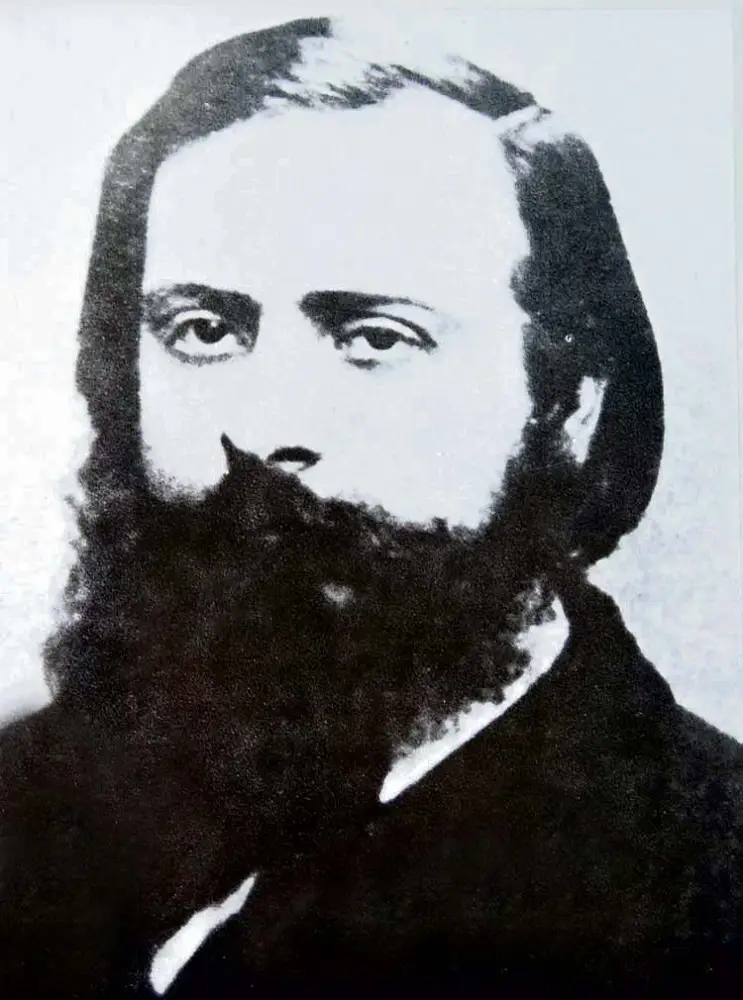
He died in 1907 due to serious health problems. A century later his masterpieces gained great value and were highly sought after in all famous auctions, such was the tragic role chance played in his life.



